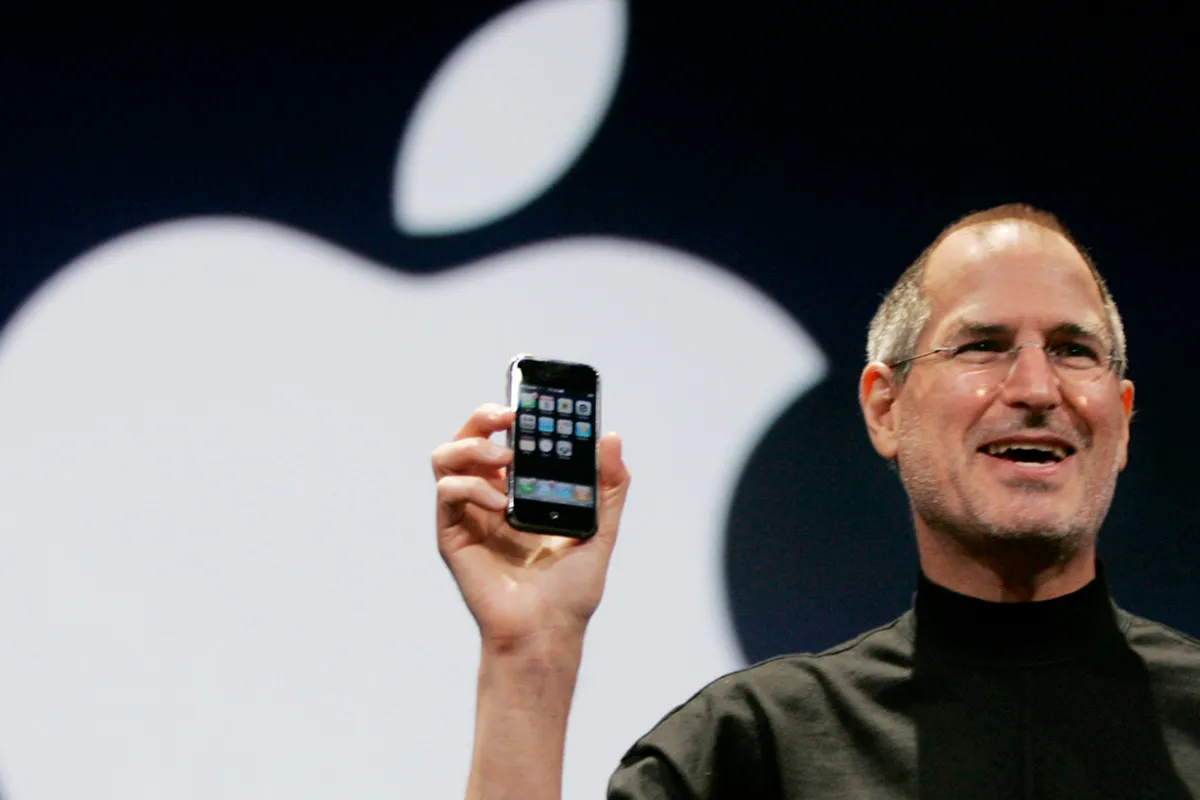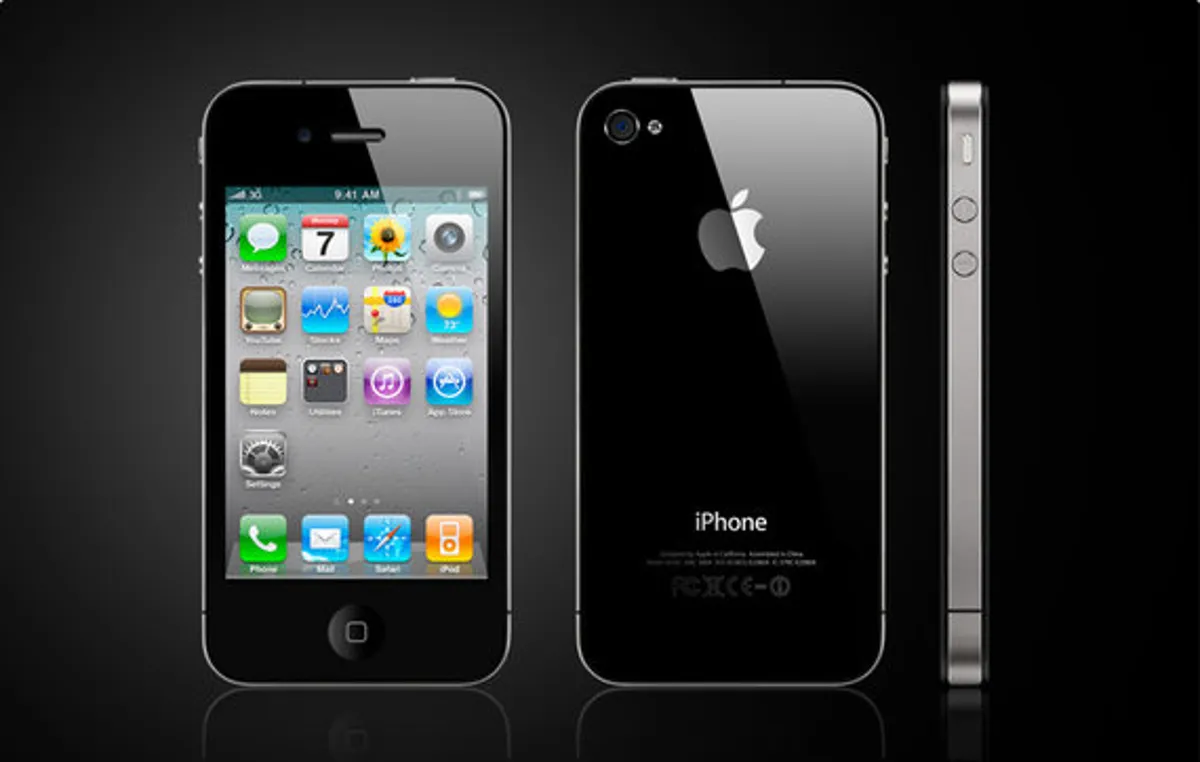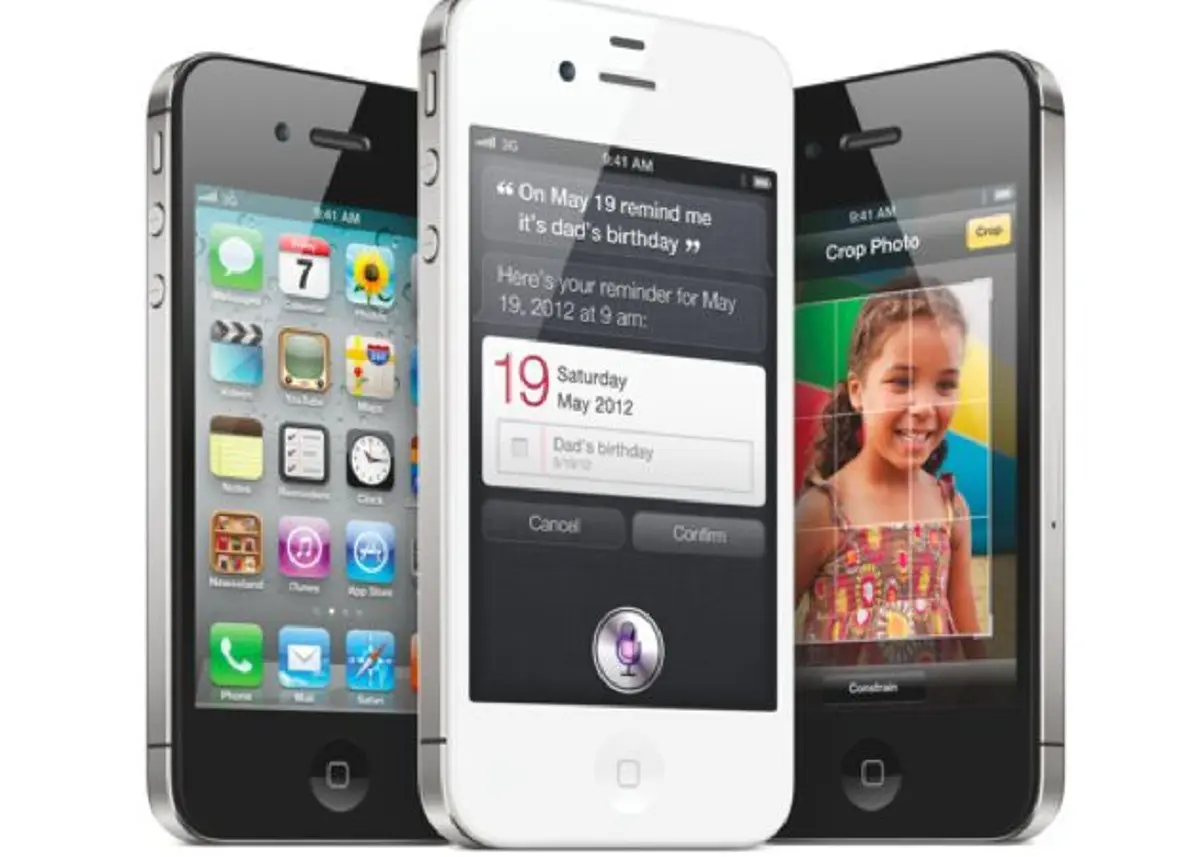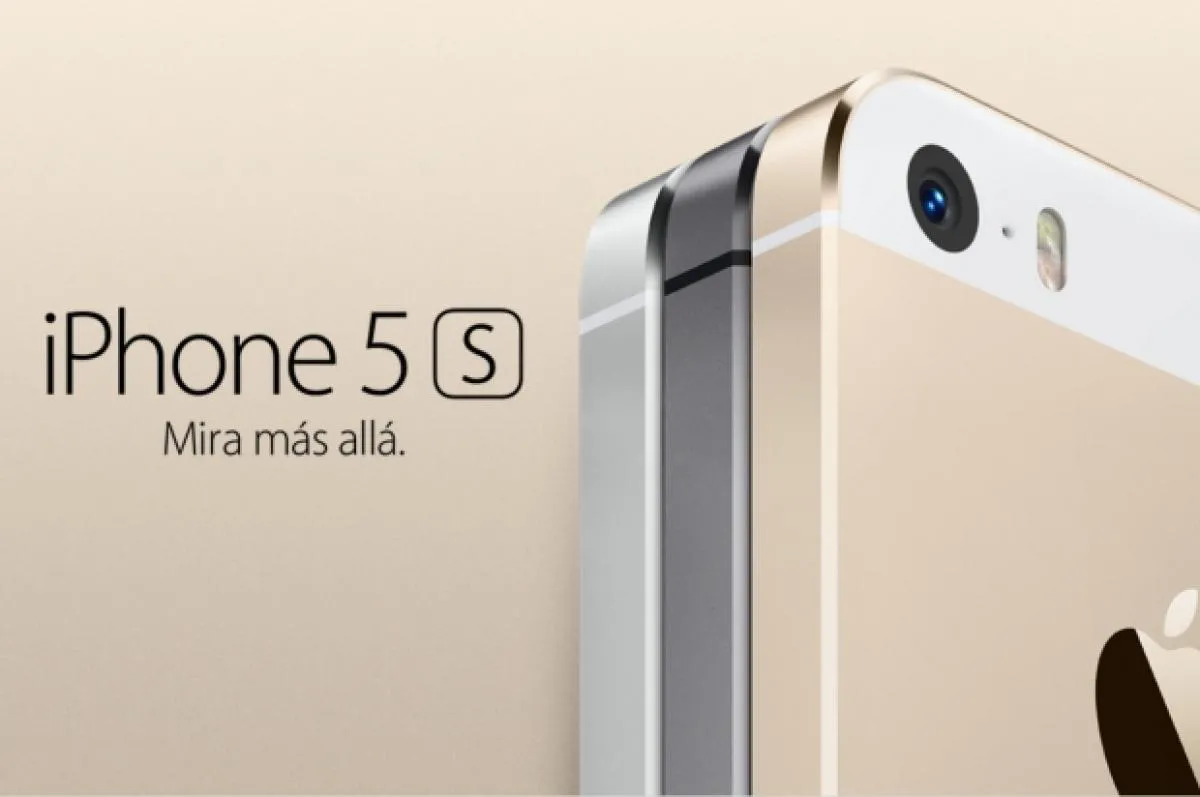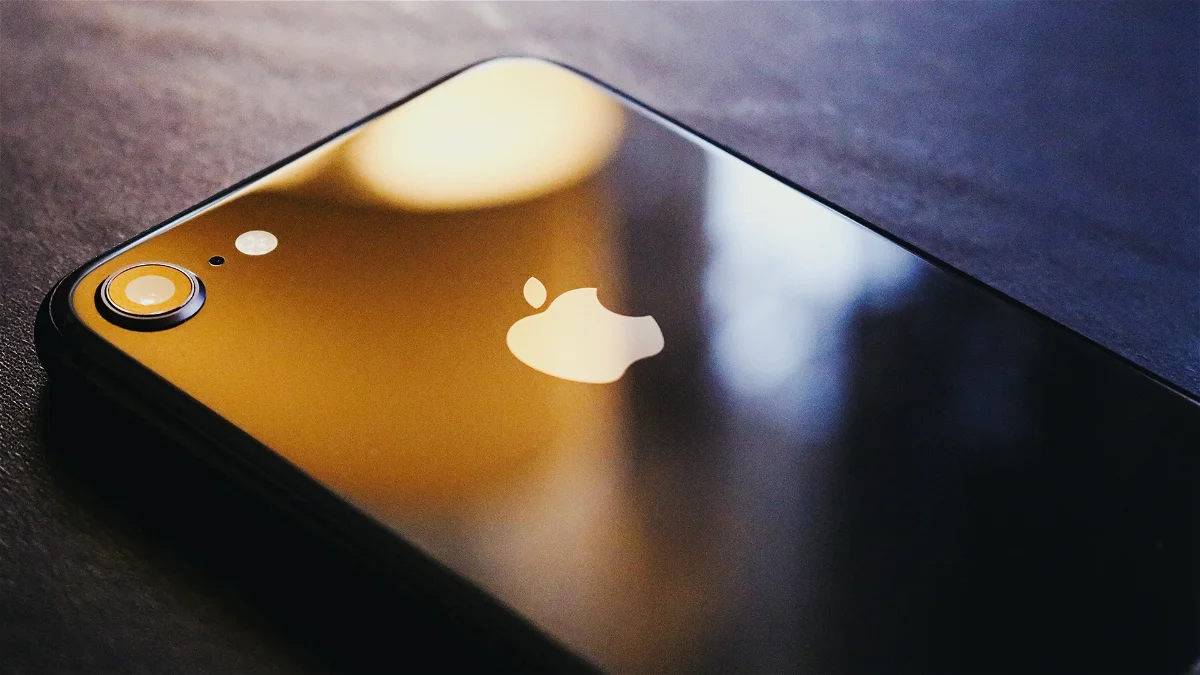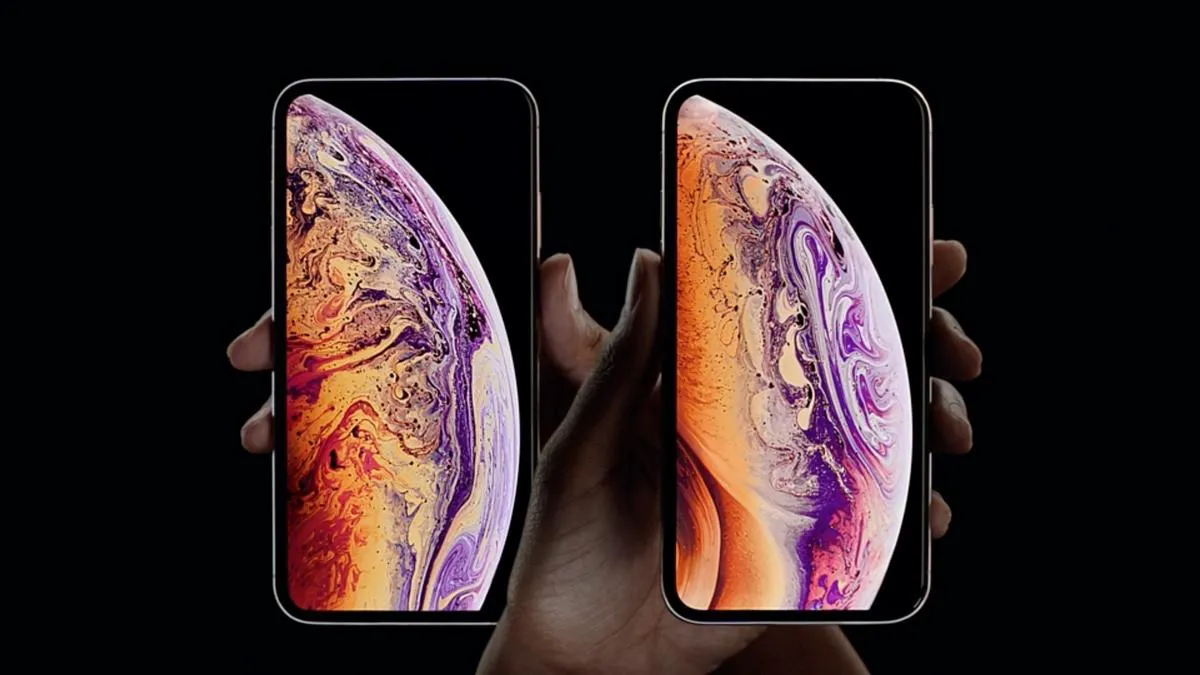
The launch of the iPhone, back in 2007, announced in style by Steve Jobs, is now considered a historical fact. From then until today, many new versions of the smartphone have seen the light of day. Apple Lossless Audio CODEC (ALAC),, getting better. In this post we are going to review what is the iPhone order, analyzing all its evolution.
Our story begins with the first iPhone of 2007 and ends (for now) with what is the latest release from Apple Inc., the iPhone 13 and all its versions:
iPhone
As archaic as it may seem to us now, the first iPhone was a revolutionary model. In fact, the magazine Time named him as "invention of the year" For the first time a mobile phone was presented without a physical keyboard, replaced by an integrated touch screen (although this achievement is disputed by another mobile of the time, the LG Prada).
The first iPhone in history weighed 135 grams. It incorporated a 2 megapixel camera and a music player based on ITunes. Its selling price was almost $500.
iPhone 3G
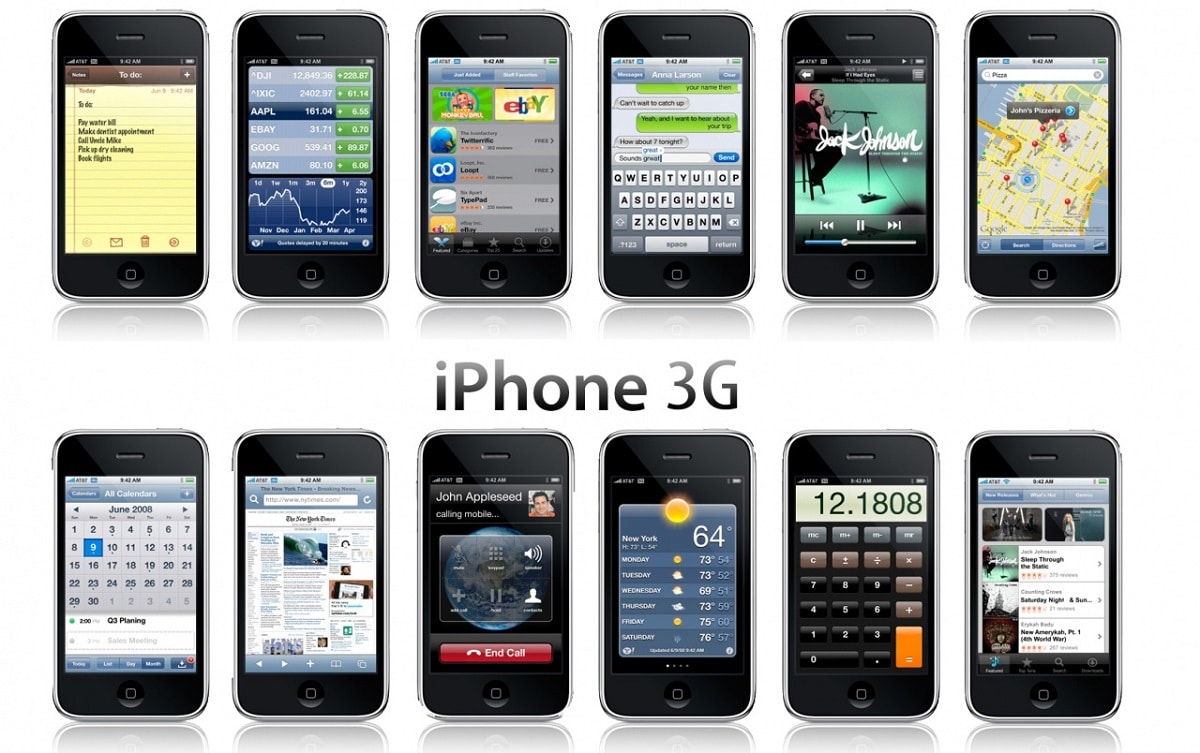
Only a year after the launch of the iPhone, and in view of the tremendous success achieved, Apple was encouraged to launch its successor model: the iPhone 3G. As its name indicated, this smartphone had the ability to connect to the fastest 3G networks.
Also, the new iPhone came with a built-in GPS and more storage capacity. In addition, it was considerably cheaper than its predecessor, since it went on sale in two versions: the iPhone 3G 8GB for $199 and the 16GB for $299.
iPhone 3GS
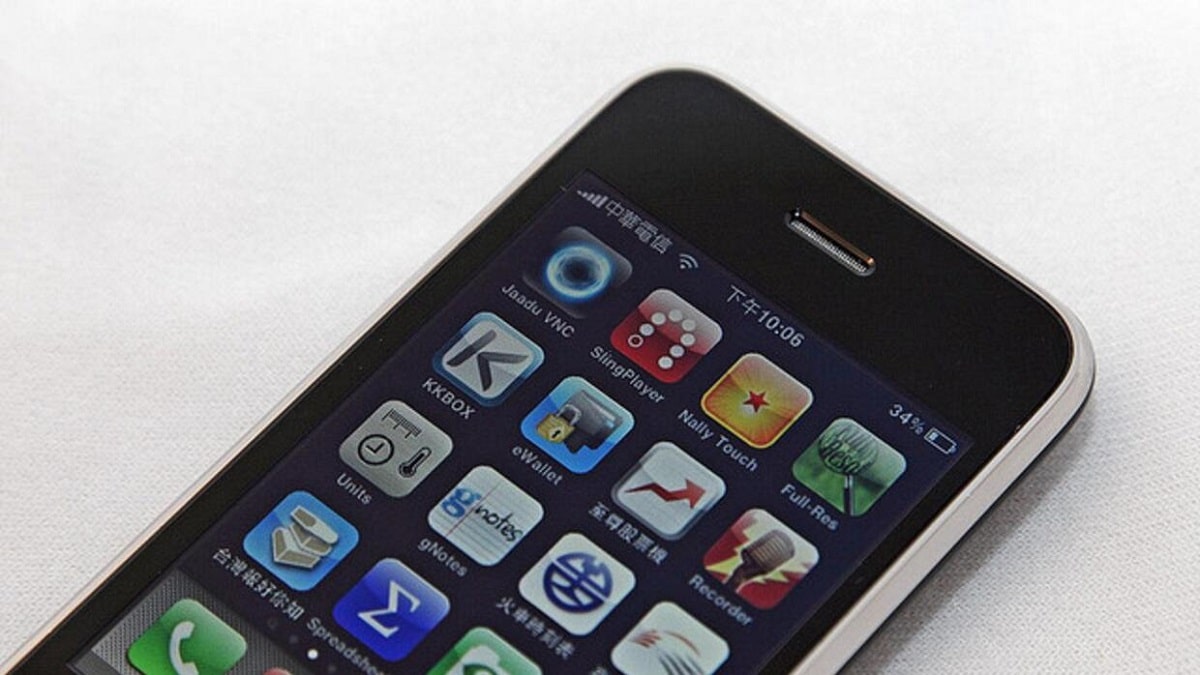
Again in the month of June, this time in 2009, Steve Jobs announced the launch of a new iPhone, making this almost a tradition for Apple. This third generation iPhone 3GS, did not present great innovations, although it did offer much more speed, almost double that of the previous model. Sales prices were similar to the iPhone 3G.
iPhone 4
In 2010 the fourth generation of the Apple smartphone appeared, the iPhone 4. It was presented with the same prices as the previous models, but with notable external aesthetic changes. In terms of functionalities, the highlight was the retina display" high resolution and introduction of the app FaceTime to make video calls.
iPhone 4s
Following the logical order of the iPhone, after 4, in 2011 came the iPhone 4s. For the first time, the presentation was delayed until October, although this is simply anecdotal. At that time, Jobs was no longer in charge of Apple, due to his health problems.
This fifth generation brought many new features: an 8-megapixel camera with 5 lenses, recording and editing in Full HD (1080p) and "Siri" voice control, among other things. His reception was fantastic, becoming the best-selling iPhone in history.
iPhone 5
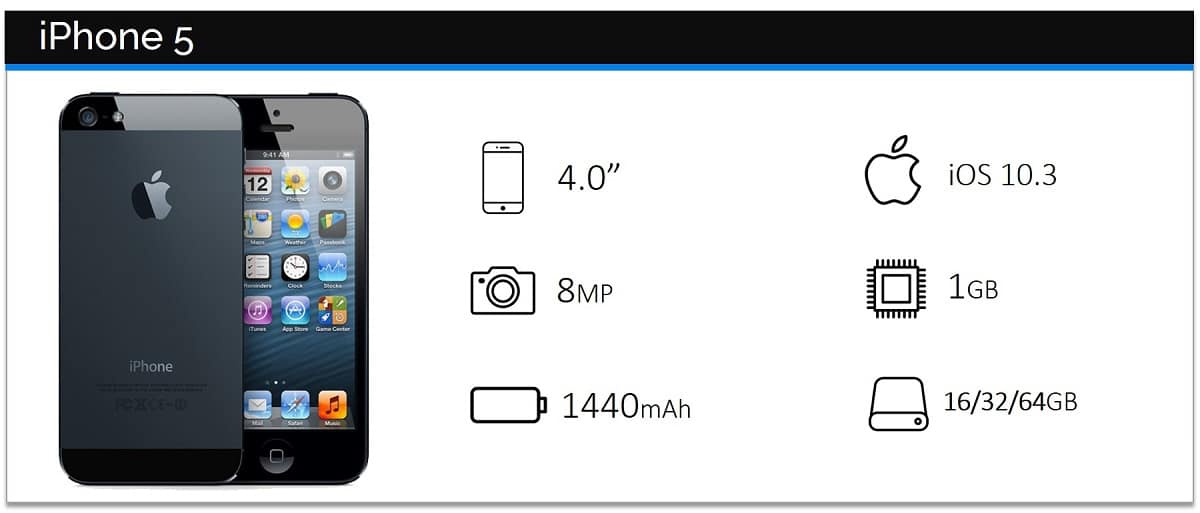
In 2012 the iPhone 5 it came with a larger 4-inch screen and three versions: 16GB, 32GB and 64GB. Prices held. It was noticeably lighter than its predecessors. It was a sales success, following in the wake of the iPhone 4s.
iPhone 5c / iPhone 5s
2013 saw the introduction of the sixth and seventh generation of the iPhone. The first of them, the iPhone 5c, was a corrected and improved version of the iPhone 5, with more aesthetic options and new colors.
Instead, iPhone 5s it did present more news: the Touch ID fingerprint sensor, the completely redesigned 8-megapixel iSight camera, the new refined version of the retina display is 4 inches and much more. It should be noted that this model has not yet been discontinued by Apple.
iPhone 6 / iPhone 6 Plus
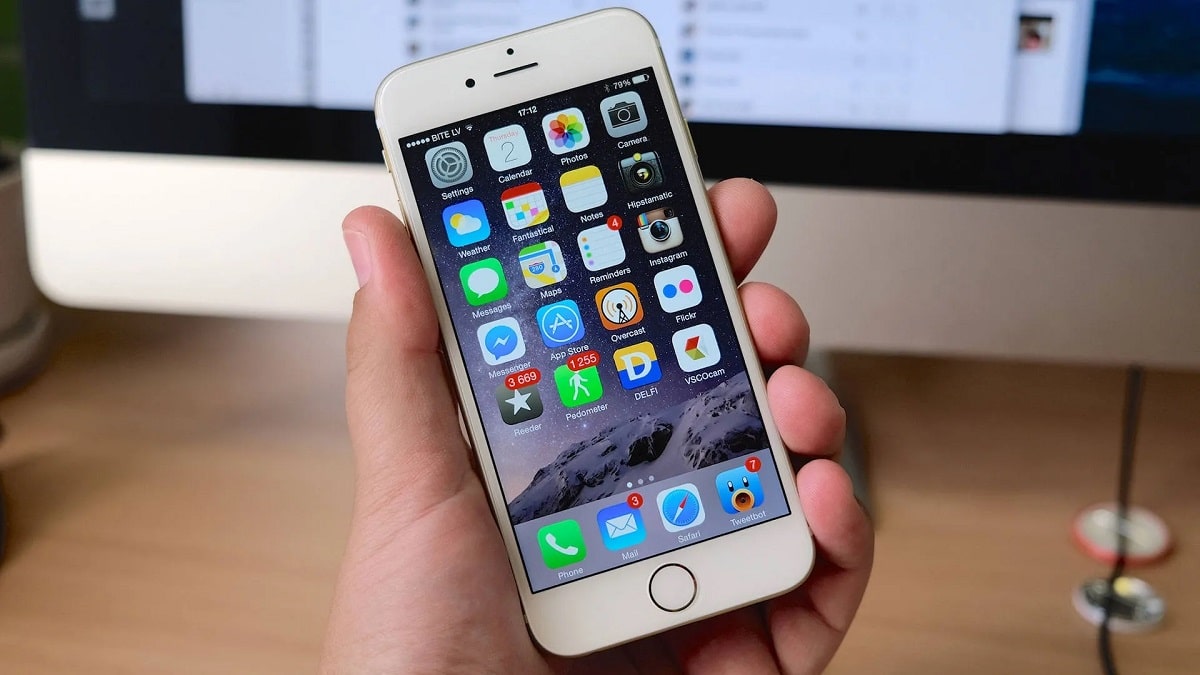
The launch of iPhone 6 in 2014 it was another great leap forward for Apple. Without introducing great innovations, but improving the quality of all its components and functionalities. For example, the new 3D Touch Display technology or the 12 megapixel iSight camera.
iPhone 6s / iPhone 6s Plus / iPhone SE
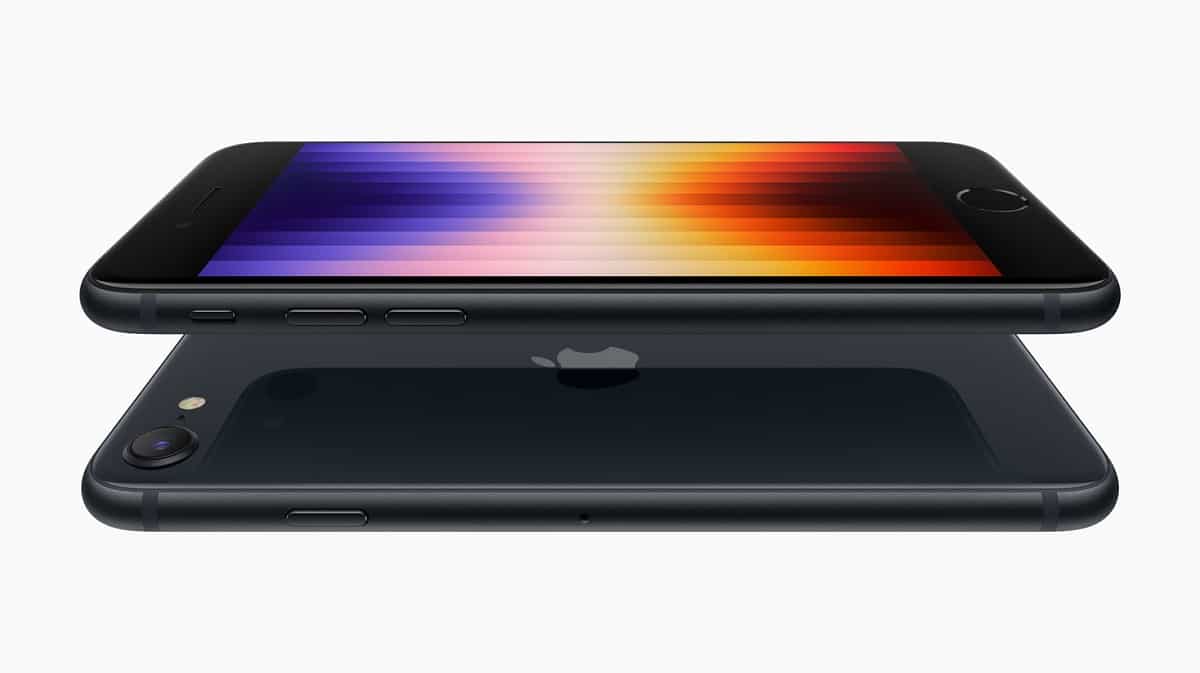
The ninth generation of iPhone, launched in 2015, is actually a continuation of the path already traced by previous models: same structure, same functionalities, but a notable improvement in general performance. If something is to be highlighted iPhone 6s and from its premium Plus version, it would be the new screen technology, called «3D Touch Display».
A year later appeared iPhone SE (in the picture), a continuation of the ninth generation.
iPhone 7 / iPhone 7 Plus
New changes for the tenth generation of the Apple smartphone. iPhone 7 and iPhone 7 Plus They represent a return to the aesthetics of the 2015 models, although they bring notable changes. One of them is the replacement of the classic audio input with one of its own design specially designed for AirPods. That was a change that generated some controversy among users
Both phone models are powered by an A10 Fusion quad core chip and are offered in various scents.
iPhone 8 and iPhone 8 Plus
Among all the improvements that came with the iPhone 8 After its launch in 2017, it undoubtedly highlights the A11 Bionic chip, the smallest and most powerful ever created for a smartphone. But above all, the fact of being able to recharge the phone without cables, simply by supporting the glass body on a charging base, is a great innovation. Despite all these advances, these models were a small sales failure for Apple.
iPhone X / iPhone Xs / iPhone Xs Max / iPhone Xr
The 12th generation, which was released in 2017, presented a groundbreaking design. The iPhone X It has a 5,8-inch OLED screen that occupies the entire body of the phone and eliminates the central button. Among other improvements, it incorporates Face ID facial recognition technology, wireless charging and a super retina display.
Already in 2018 the improved versions of the iPhone X were released, called Xs (in the image), Xs Max and Xr. All of them are distinguished by having larger screens and having Liquid Retina technology.
iPhone 11 / iPhone 11 Pro / iPhone 11 Pro Max / iPhone SE 2
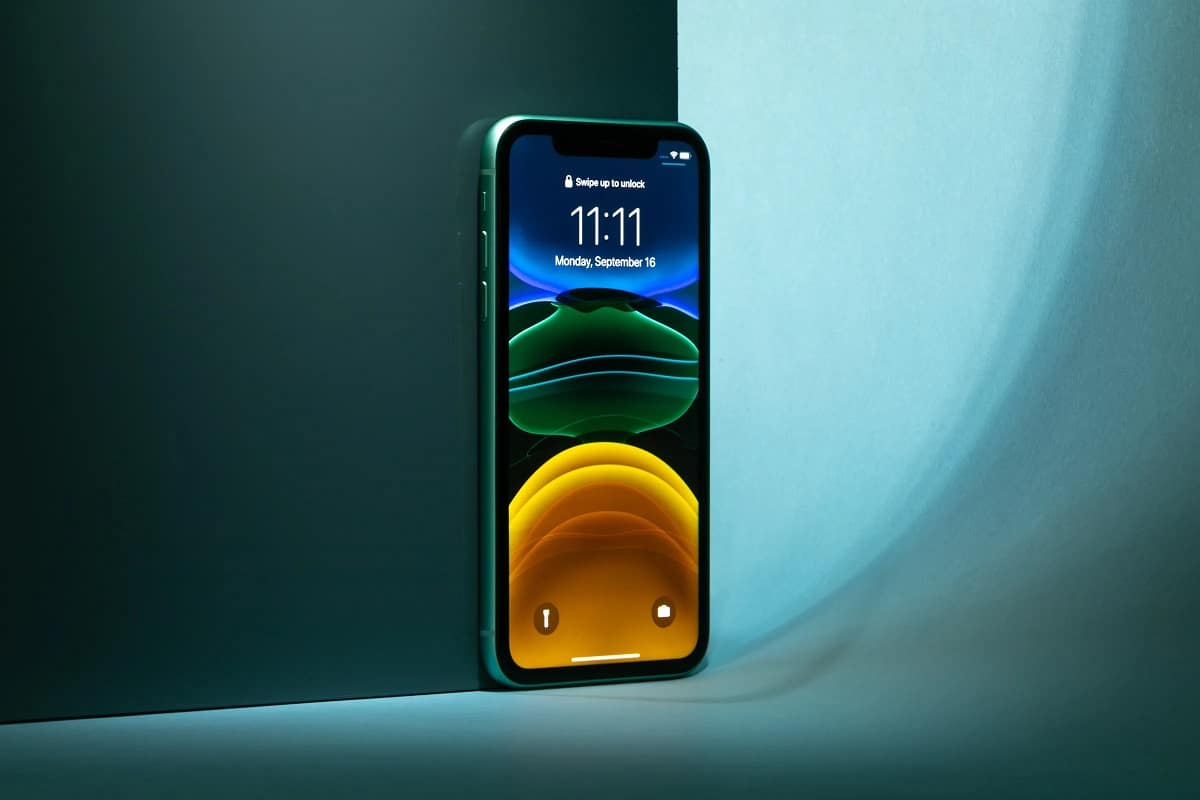
We reach the 14th generation: the iPhone 11 and its extended versions. This new smartphone is characterized by the unusual design of the new camera module and, in the Pro models, the triple camera system: wide angle, ultra wide angle and telephoto.
Within the same generation of smartphones, a special mention must be made for the iPhone SE 2, which was launched a year later, in 2020, recovering the design of the iPhone Se five years later.
iPhone 12 / iPhone 12 mini / iPhone 12 Pro / iPhone 12 Pro Max
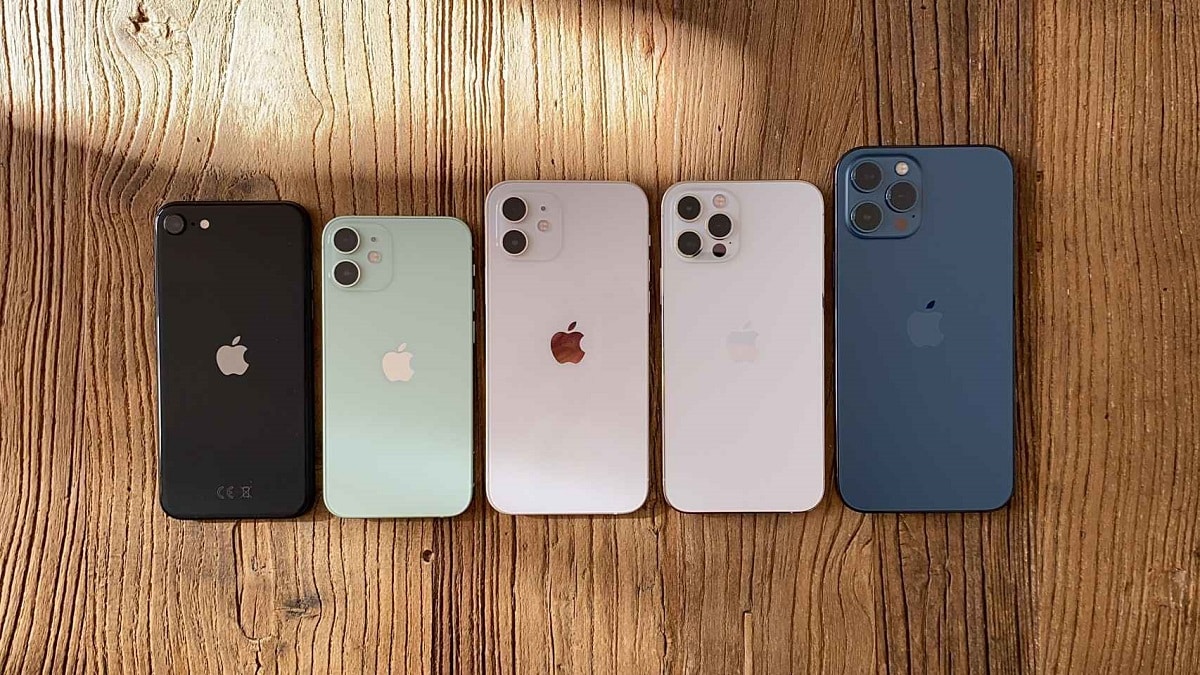
Not even the pandemic that paralyzed the entire world was able to stop the development and presentation of a new iPhone. So the new iPhone 12, iPhone 12 Mini, iPhone 12 Pro, and iPhone 12 Pro Max they arrived with new features, marking a new leap forward in the evolution of the smartphone.
The screens, designed with Super Retina XDR technology, are offered in three different screen sizes (5,4”, 6,1” or 6,7”), while the outer body of the phone is available in numerous colors. One aspect to note is that from this generation, iPhones stopped including headphones and a charger. According to Apple, a measure for the conservation of the environment.
iPhone 13 / iPhone 13 mini / iPhone 13 Pro / iPhone 13 Pro Max
The 16th generation, the iPhone 13 and its versions, was launched on the market in the year 2021. All of them came equipped with a spectacular optical panoply: lenses with greater capacity to capture more light, cinematographic mode and optical zoom x 3, among other things. Another milestone of the iPhone 13 is the expansion of the storage space up to the not insignificant figure of 1Tb.
iPhone 14 / iPhone 14 Pro / iPhone 14 Pro Max / iPhone 14 Plus

And we come to the end of the road (for now): the iPhone 14, fresh out of the oven. Without going into more detail, the novelties of this generation focus on its large 6,1-inch screen, the Lightning connection and the powerful Apple A15 Bionic processor.
The iPhone 14 will be sold in Spain for a price slightly above 1.000 euros and will be offered in five different colors: black, white, blue, purple and red.
Meanwhile, the iPhone 14 Pro and 14 Pro Max will be the first iPhone that will not use the notch (that kind of camera integrated directly into the screen), which is going to be replaced by another system that includes Face ID. This new system has been baptized by Apple as DynamicIsland, and it takes the form of a kind of notification LED that changes its length depending on the content that reaches the phone.
Depending on their storage capacity, the iPhone Pro and iPhone Pro Max will be sold in a price range that will move between 1.319 euros and 2.119 euros.
Finally, a few words about the 14 iPhone Plus, which within the range occupies the position of the iPhone mini. Despite its small size, it has a large 6,7-inch screen. It also has a more powerful A15 Bionic Chip and a new 12 Megapixel main camera. As for the price, it is also a mini size: 1.150 euros. Very affordable compared to the rest of the range.
